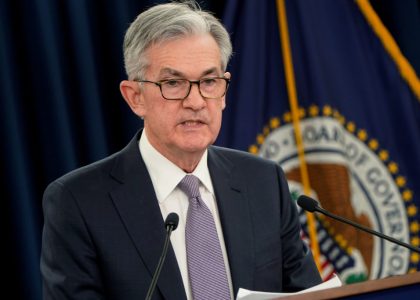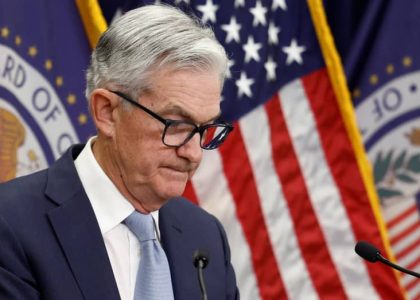The Federal Reserve has hiked interest rates for the first time in years, China is falling apart and tensions continue to grow between Saudi Arabia and Iran. The combined chaos these events have generated have moved the 30-Year Treasury Bond futures less than one handle over the last year. In fact, the converted yield on the 30-year Treasury Bond futures has risen .0726% over the last calendar year. Therefore, in spite of the noise in the markets, the reality is that not much has changed.
Or, has it? The current flush in the stock market has created a bit of a flight to quality thus, strengthening the bid in Treasuries. However, we feel this is being done against a backdrop of retail buying and commercial selling. Note that the commercial traders have sold more than 28,000 contracts in the last three weeks. Also note that their selling has occurred during this rally and has created a consolidation pattern within this rally. Support now comes in at 152^24, the low from December 31st. A violation of this low will signal that the rally has failed and should push the market lower as we break out of the prolonged period of consolidation outlined on the chart below.

 There is an alternative way this could play out and one that I, personally hope will materialize as it creates a much better risk profile for the same economic outlook. My druthers would include a rally towards the upper end of the consolidation near the downward sloping trend line now coming in around 158. This would create an overbought situation during a period of negative commercial trader momentum. These are among the most reliable setups that we monitor. We feel we could get this move on temporary continued Chinese weakness which could lead to further Chinese stimulus. This could drive rates lower in the very near-term while allowing us to position ourselves more advantageously for higher interest rates and the possibility of a double decline, both bonds and equities as sentiment towards stimulus turns negative over the long-term.
There is an alternative way this could play out and one that I, personally hope will materialize as it creates a much better risk profile for the same economic outlook. My druthers would include a rally towards the upper end of the consolidation near the downward sloping trend line now coming in around 158. This would create an overbought situation during a period of negative commercial trader momentum. These are among the most reliable setups that we monitor. We feel we could get this move on temporary continued Chinese weakness which could lead to further Chinese stimulus. This could drive rates lower in the very near-term while allowing us to position ourselves more advantageously for higher interest rates and the possibility of a double decline, both bonds and equities as sentiment towards stimulus turns negative over the long-term.




